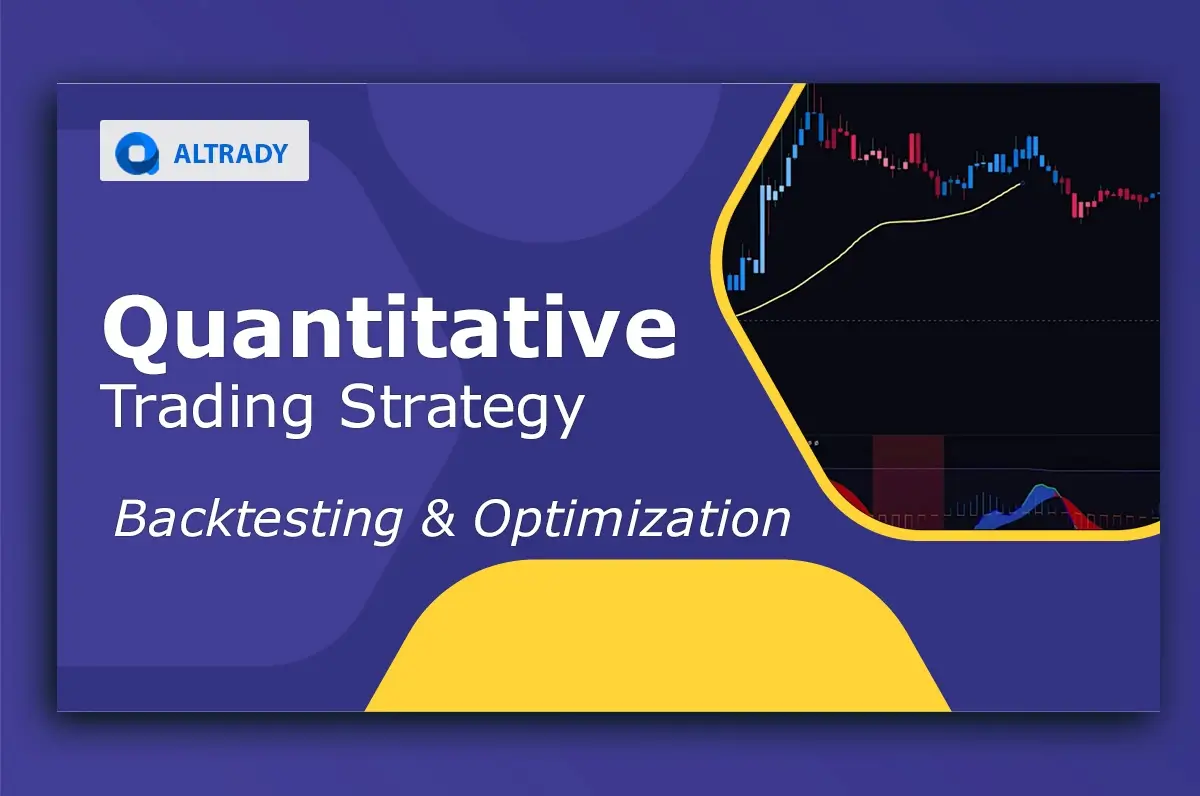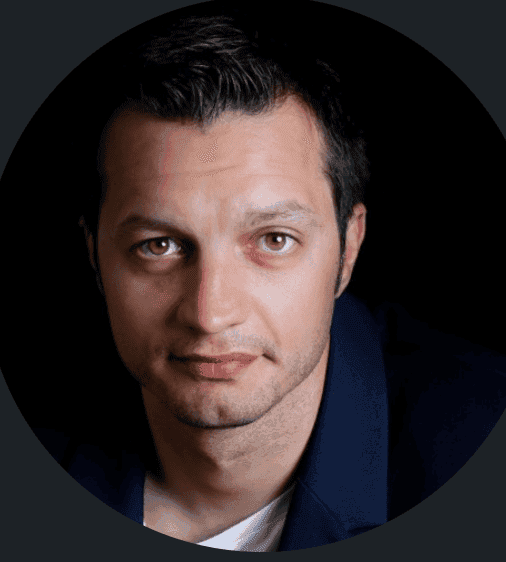Category List
Featured List


Quantitative Trading Strategy: Backtesting and Optimization
Quantitative trading is a type of algorithmic procedure for financial markets, whose primary focus is to research and aggregate data to use its statistical basis to develop simple and advanced trading models based on typical strategies but also enhancing them.
In the following sections, we shall explore how to backtest and what to consider when optimizing quantitative trading models.
Quantitative Trading Overview
This method promises high standards for trade execution and finding opportunities beyond human boundaries. Quant models follow instructions and criteria set by traders but perform under programmatical processes, ensuring outstanding performance. Based on this statement, we can point out some advantages of quant trading:
- Objectivity by reducing emotional biases.
- Consistent implementation by obeying specific setups.
- High-speed execution.
- High performance by following programmatic rules, ensuring opportunities human traders could miss due to human limitations.
Other aspects to remark on could be the faster adaptation capabilities since quant models can be trained to learn and optimize themself on the rationale of new dataset inputs that developers or quant traders research.
In the case of cryptocurrencies, blockchain analysis is a type of research that provides information on:
- Exchange volume.
- Wallet transactions.
- Network improvements.
Such data can serve quant models to be refined in the meantime, so they achieve better results as they are trained to adapt to new market conditions.
How Quantitative Models Work
Quant models work based on large datasets that traders gather but need to resume or segregate to use as input for the models. These datasets carry valuable information on several aspects of the financial instruments.
If we craft a list of these aspects, it would look as follows:
- Market structure and microstructures.
- Order book dynamics.
- Order flow.
- Market depth.
All these data sets subsequently serve to conduct statistical analysis that empowers the quant algorithms, refining the development of trading models according to advanced techniques.
In this sense, models will perform typical strategies to identify trading opportunities under curated instructions based on vast amounts of details.
Concerning these details, we can explore some concepts about how models work.
Collecting and cleaning data
- Gathering data: Compiling relevant data, such as historical prices, economic indicators, news sentiment, and social media data.
- Cleaning data: Removing errors, inconsistencies, and missing values before analysis.
Engineering features
- Creating new features: Model performance is improved by constructing new, meaningful features from raw data, such as creating new moving averages or RSI.
Selection and training of models
- Choosing a machine learning algorithm by selecting linear regression, neural networks, or support vector machines.
- The model is trained by feeding the cleaned and engineered data into it to teach it to recognize patterns and predict the future.
Backtesting Quant Models

When it comes to backtesting models, we strive to improve the model's performance. In this sense, the backtesting process represents the foremost step to subsequently run the quant model in a live trading account.
Backtesting quant models requires some prior steps that aim to improve the reliability of the results as this process is based on market events from the past under the idea that they will repeat in the future.
So, preparing a backtesting environment consists of steps such as follows:
Choosing A Trading Strategy
We can classify the strategies into two options: the general strategies for most assets and those tailored for cryptocurrencies.
General:
- Mean Reversion.
- Trend Trading.
- High Frequency.
- Pairs Trading.
- Statistical arbitrage.
Crypto:
- Trading based on Blockchain analysis.
- Crypto arbitrage across centralized and decentralized exchanges.
- Market making to act as a liquidity provider.
Data Processing
- Collect and clean past data relevant to the model and the chosen strategy.
- Implement the model according to the past data to render simulated trades.
Deployment And Monitoring
- By integrating the model into a trading system, traders can deploy and strive for real-time trade execution.
- It is crucial to continuously monitor the model's performance and assemble adjustments to it as needed, according to the gathered data.
Selecting A Platform
Quant traders can opt for two options in this field:
- Develop a custom platform by using programming languages like Python, which is very popular in backtesting quant trading models.
- Get into a platform like Altrady that offers built-in backtesting tools and features. In this specific case, they are tailored for cryptocurrencies.
Optimization: What To Consider
Optimizing a model involves assembling analytics based on result indicators like PNL, profit factor, ROI, Sharpe ratio, and drawdown. Let's define these metrics.
PNL, Profit Factor And Drawdown
These three metrics are correlated and depend on the strategy performance.
Profit and loss (PNL) refer to the net difference from the overall trade orders. It calculates the total profits minus (-) total losses. Positive PNL means profitable performance during a period, while negative suggests a losing period for the strategy.
The profit factor measures the profitability of the overall strategy execution. It calculates the total profits divided (/) total losses. A profit factor superior to 1.5 suggests profitability performance and less than 1 indicates a losing strategy.
The drawdown is the maximum loss on the equity balance induced by the strategy during a trading period. It calculates the difference between the peak reached by the equity level and the lowest level. High drawdowns indicate considerable risks of loss while low drawdowns reveal less risky strategies.

ROI
ROI stands for Return on investment, and it measures the effectiveness of an investment relative to its cost. It calculates how much a trading strategy has gained (or lost) for each unit (maybe dollars) invested.
The formula is:
ROI = (Benefit - Cost) / Cost
Sharpe Ratio
The Sharpe ratio measures the excess returns of an investment to its standard deviation based on a risk-adjusted approach. It is employed to evaluate the performance of the most risky models that consist of high-risk and high-reward strategies.
The formula is:
Sharpe Ratio = (Expected Return - Risk-Free Rate) / Standard Deviation
Conclusion
Quantitative trading offers a powerful approach to trading crypto markets that leverages technology and data to make informed decisions.
While it presents challenges, the potential benefits of quantitative trading make it a compelling option for traders seeking to improve their returns as they avoid human limitations, the emotional biases and build consistency.
This article explored backtesting and optimizing quantitative models, offering a straight view of the potential benefits of these practices. Altrady is a platform tailored for crypto trading where you can backtest your next quant model by signing up for a Trial Account leveraging on free paper trading.





























